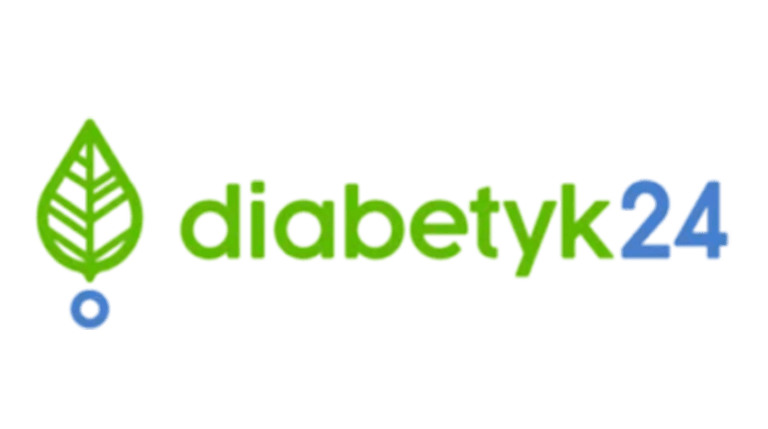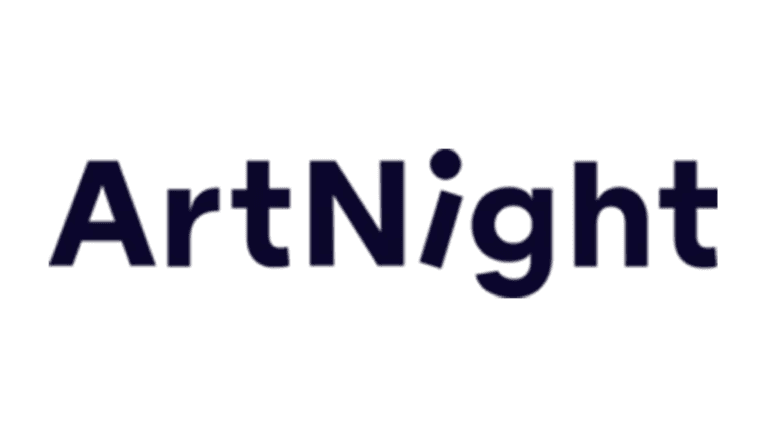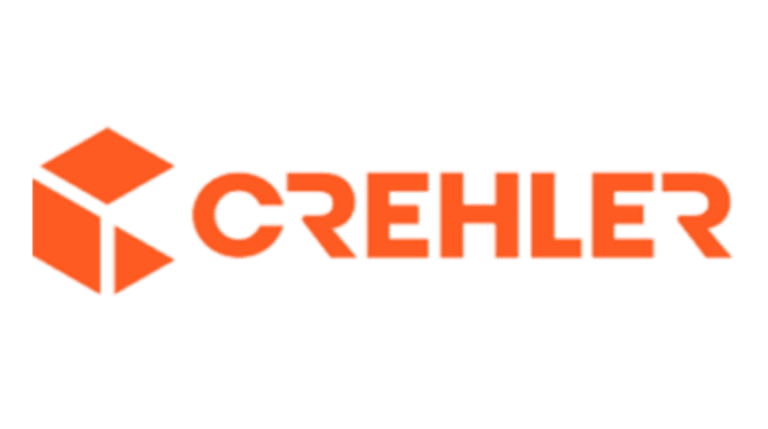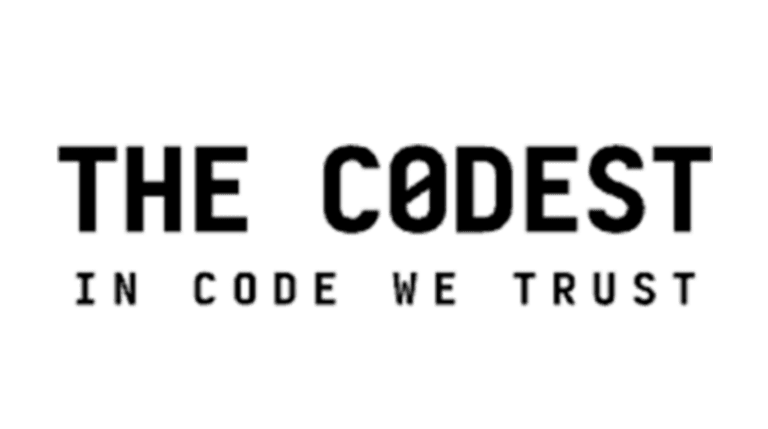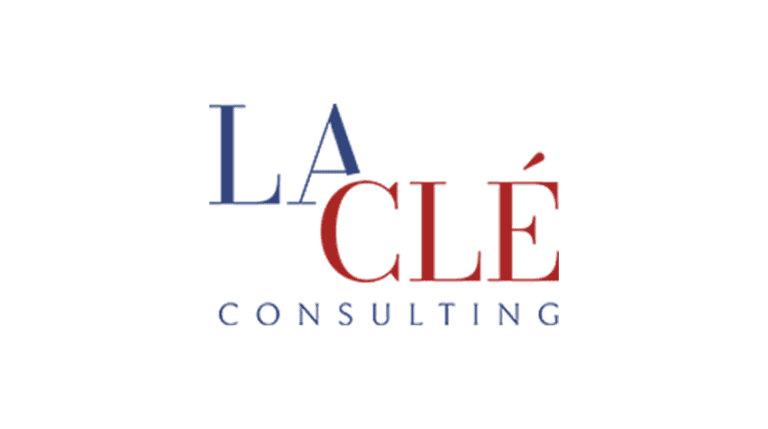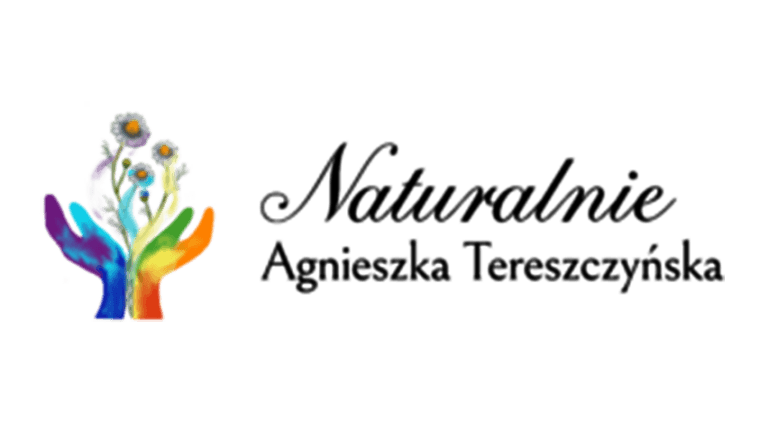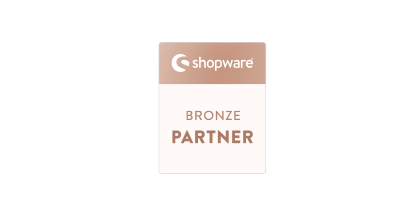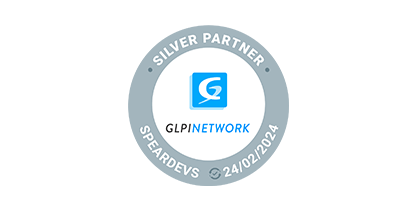Communication between the back and front-end sides is essential in any programming system. It needs speed, reliability, and top-notch security. That’s why we decided to create this short API comparison.
Often used data may be cached or specifically called a few times to have the freshest data set. In 2024 we have a few tools commonly used in web development: GraphQL, REST, and SOAP. Using the correct technology suited to your needs can drastically reduce user waiting time and improve performance.
Each has advantages and disadvantages, which we will try to explain in this article so you can choose the most suitable one for your next project.
REST
REST – Representational State Transfer is the most commonly used method of transferring data across the internet since its definition in 2000 (but even before that it was used).
It relies on basic HTTP methods (GET, POST, PUT, DELETE) and uses url’s endpoints to connect with the server.
Key features of REST
- It’s based on different endpoints identified as URLs (Uniform Resource Identifiers), each resource can be manipulated using HTTP methods
- Each request is stateless, the server has to send a request containing all information specified in an endpoint. What’s more, it cannot retain any session data between requests.
- Responses can be cached in the browser for faster response time. But they also can return stale data if used incorrectly
REST API pros
- Simplicity:
REST APIs are easy to use and understand making them a popular choice for web applications. - Scalability:
Due to the server not storing any session information it can scale well. - Widespread adoption by the community:
The REST architectural style is well-documented and supported almost everywhere out of the box due to the usage of simple HTTP methods. Many users used it over the years and their questions may be a good resource for debugging if the need arises.
REST API cons
- Over-fetching and under-fetching:
One of its limitations is that users might get more data than they need (over-fetching) or they might require more than one request to get all the data they need (under-fetching) - Lack of flexibility:
REST uses rigid endpoints, any change in needed data requires changing the API.
GraphQL
Since being developed by Facebook in 2012 GraphQL has been trying to reduce the problem of underfetching and over-fetching.
Rather than request always giving us a preseted set of data we can specify which data we need in our request. Instead of using multiple endpoints we only have one endpoint handling all requests coming in.
Key features of GraphQL
- The client is the one specifying the structure of the response beeing returned. Moreover, specifying which data is needed at the moment can reduce request size and improve its performance.
- A single endpoint instead of multiple endpoints provides simplicity but in return, each one of the requests are needed to be configured on the client side.
- GraphQL APIs are built using a well-defined schema that uses types and structures of data.
Pros of GraphQL
- Efficiency:
The client gets exactly the data that is needed, solving over and under-fetching issues. The responses can be small and frequent if there ever is a need for the freshest data. - Flexibility:
As your application grows adding new data to your GraphQL endpoint is simple and there is less risk of breaking already existing features - Version-less:
Instead of using versioning like REST flexible requests eliminate the need for keeping multiple API versions at the same time. - Using multiple data sources:
GraphQL can be ideal as a bridge between multiple sources of information. In this case, it simplifies client requests a lot and it is a usage that it was developed for.
Cons of GraphQL
- Complexity:
GraphQL is a powerful tool but its drawback is the time needed to implement and maintain it. In comparison, REST is a better choice for smaller applications compared to GraphQL which requires a lot of startup code. - Overhead for small requests:
Unfortunately each request has an overhead and even the smallest requests require parsing through the entire schema. If she is big it can cause a big slowdown in requests to the server. - Caching difficulties:
Caching that is easy to implement in REST in GraphQL can cause problems. As all GraphQL requests are of POST type which means they are not cachable by default. This issue can be fixed by adding a caching mechanism but it adds more code that needs to be configured before GraphQL can start working.
SOAP
SOAP unlike REST and GraphQL which are architectural styles, SOAP is a protocol with stricter standards for messaging formats and communication. It was developed in 1998 as a protocol for exchanging structured information in web services.
Key features of SOAP
- Protocol-based:
SOAP is based on XML messaging and is typically transmitted over HTTP, but it can also be used over other protocols like SMTP or TCP. - Standardized:
SOAP has built-in rules as a protocol. It is stricter than REST and GraphQL, the upside is an increase in security (WS-security) that causes it to be usable as secure end-to-end communication. - Stateful or stateless:
SOAP is stateless by default but we can change it to statefull if needed. It adds flexibility for session management.
Pros of SOAP
- Security:
SOAP is preferred in services that need an additional layer of security. Using WS-Security provides us with additional features like authentication and encrypted messaging - Reliability:
SOAP supports ACID-compliant transactions. Due to this property, it’s a solid choice for applications where reliability is crucial, for example, banking.
Cons of SOAP
- Complexity:
SOAP is more complex to implement than REST and GraphQL as it requires more overhead due to its strict reliance on XML - Performance:
The XML format used by SOAP can be verbose, leading to slower performance in low-bandwidth environments - Limited flexibility:
SOAP has rigid standards that make it less flexible compared to REST and GraphQL especially for modern web applications.
How to choose the right API for the project
Depending on the project requirements and planning is the most important thing. If simplicity and widespread support are key, REST is an ideal choice. You don’t have to fine-tune GraphQL queries or stick to the strict standards of SOAP.
If efficiency and flexibility are top priorities go with GraphQL. But – be careful and rethink your choice as GraphQL is a highly complex architecture in setup and maintenance. Think about your time constraints more as it can easily lead to overestimation. But other than that if you have multiple data sources and are working on a bigger project, GraphQL can be your perfect choice.
Lastly, if security is of utmost importance SOAP will have your back, and every payment system built with it will have very robust security.
Summary
Choosing between GraphQL, REST and SOAP can be difficult as there is no one-size-fits-all solution. Each one of them has its pros and cons and the key to good choice is understanding what type of application you are going to build.
Most of the time you will be using REST or GraphQL. However, there’s a narrow niche where SOAP can shine. Still do not know what to use? Use REST. It’s simple, widely used, and has plenty of user-generated content like bug fixes, solutions, and code snippets, making it the easiest option to start with from the trio.


